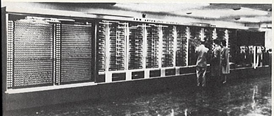Characteristics of Computer
Three principles characteristic of a computer are:
- They respond in a well-defined manner to a specific set of instructions.
- Even a list of pre-recorded instructions can be executed.
- Storage and retrieval of large amounts of data is possible.
Earliest Computer
- Earlier all calculations were computed by humans and their job title were computers.
- They were engaged in the calculation of a mathematical expression.
- Human computers requires years of training in mathematics and are expensive.
- In the year 1613 the word "computer" was recorded which meant the person who carried out calculations, or computations.
- Until the middle of the 20th century, the word continued to be used in that sense.
Tally Sticks
- A tally stick was an ancient memory aid device.
- It is used to record and document numbers, quantities, or even messages.
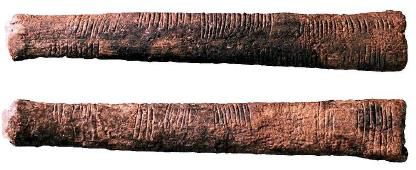
Abacus
- This was initially invented in Babylonia in 2400 B.C, to perform basic arithmetic operations.
- Abacus was first used in China in around 500 B.C.
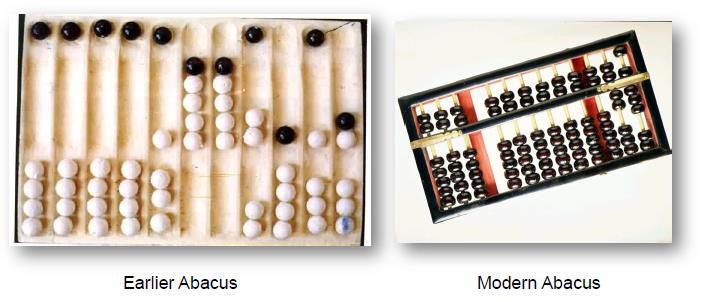
Napier’s Bones
- Was invented by John Napier in the year 1614.
- It allows the operator to multiply, divide, calculate square and cube roots.
- Operations are performed by moving the rods around and placing them in specially constructed boards.
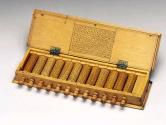
Slide Rule
- This is invented by William Oughtred in the year 1622.
- This slide rule was created based on Napier's ideas about logarithms.
- They help to perform multiplication, division, roots, logarithms and trigonometry.
- One main drawback is that they are not normally used for addition or subtraction.
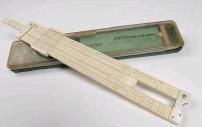
Pascaline
- This is invented by Blaise Pascal in the year 1642.
- It was expensive and it is also restricted to addition and subtraction.
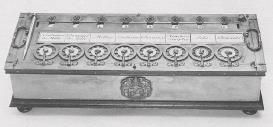
Stepped Reckoner
- This is invented by Gottfried Wilhelm Leibniz in the year 1672 which can automatically add, subtract, multiply and divide.
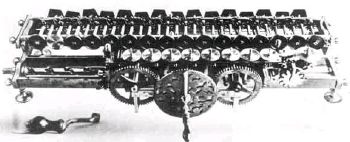
Jacquard Loom
- The Jacquard loom was invented by Joseph-Marie Jacquard in the year 1881 which are created by an automatic loom controlled by punched cards.
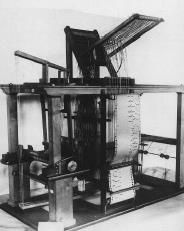
Arithmometer
- A mechanical calculator invented by Thomas de Colmar in the year 1820 which could perform the four basic mathematic functions.
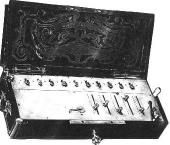
Difference Engine and Analytical Engine
- This was invented by Charles Babbage in the year 1822 and 1834.
- It is the first mechanical computer, designed to tabulate polynomial functions.
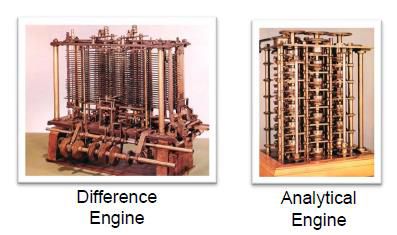
Scheutzian Calculation Engine
- This was invented by Per Georg Scheutz in the year 1843.
- This is the first printing calculator designed based on Charles Babbage's difference engine.
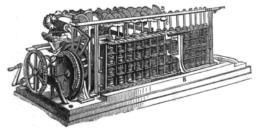
Tabulating Machine
- This machine was invented by Herman Hollerith in the year 1890.
- This is to help in summarizing information and accounting.
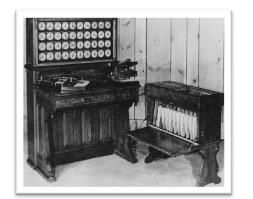
Havard Mark 1
- This is invented by Howard H. Aikenin in the year 1943, which is also known as IBM Automatic Sequence Controlled Calculator (ASCC).
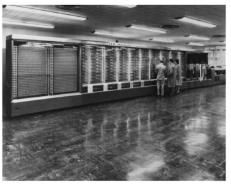
Z1
- This is the first programmable computer invented by Konrad Zusein Germany from 1936 to 1938.
- Input is via punch tape inserted into a punch tape reader and all output was generated through punch tape.
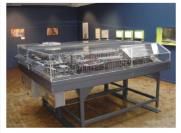
Atanasoff-Berry Computer(ABC)
- It was the first electronic digital computing device which was invented by Professor John Atanasoff.
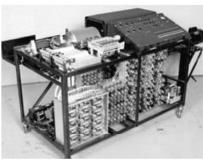
ENIAC
- It was the first electronic general-purpose computer where ENIAC stands for Electronic Numerical Integrator and Computer.
- This was developed by John Presper Eckert and John W. Mauchl in the year 1946.
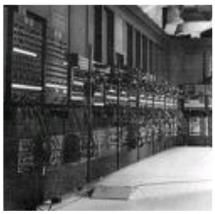
UNIVAC 1
- This was designed by J. Presper Eckert and John Mauchly where UNIVAC I(UNIVersal Automatic Computer 1) was the first commercial computer.
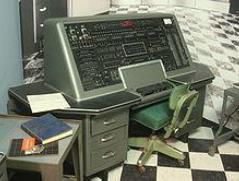
EDVAC (Electronic Discrete Variable Automatic Computer)
- This is the first stored program developed by Von Neumann in the year 1952 which has memory to hold both a stored program as well as data.
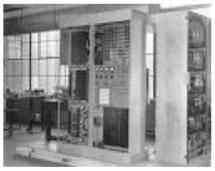
The First Portable Computer
- Osborne 1 is the first portable computer developed in the year 1981 by the Osborne Computer Corporation.
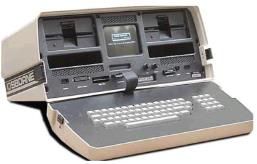
Recap
Characteristics of Computer
Three principles characteristic of computer
Earliest Computer
Tally Sticks - It is used to record and document numbers, quantities, or even messages.
Abacus - To perform mathematical calculations, they used abacus which is a mechanical device used to aid an individual.
Napier’s Bones - Operations are performed by moving the rods around and placing them in specially constructed boards.
Slide Rule - They help to perform multiplication, division, roots, logarithms and trigonometry.
Pascaline - It is restricted to addition and subtraction.
Stepped Reckoner - It which can automatically add, subtract, multiply and divide.
Jacquard Loom - Created by an automatic loom controlled by punched cards.
Arithmometer - It could perform the four basic mathematic functions.
Difference Engine and Analytical Engine
Scheutzian Calculation Engine - This is the first printing calculator.
Tabulating Machine - This is to help on summarizing information and accounting.
Havard Mark 1 - Which is known as IBM Automatic Sequence Controlled Calculator (ASCC).
Z1 - input is via punch tape into inserted into a punch tape reader and all output was generated through punch tape.
Atanasoff-berry computer(abc) - it was the first electronic digital computing device.
Eniac - it was the first electronic general-purpose computer.
Univac 1 - it was the first commercial computer.
Edvac - it has memory to hold both a stored program as well as data.
The first portable computer - osborne 1


